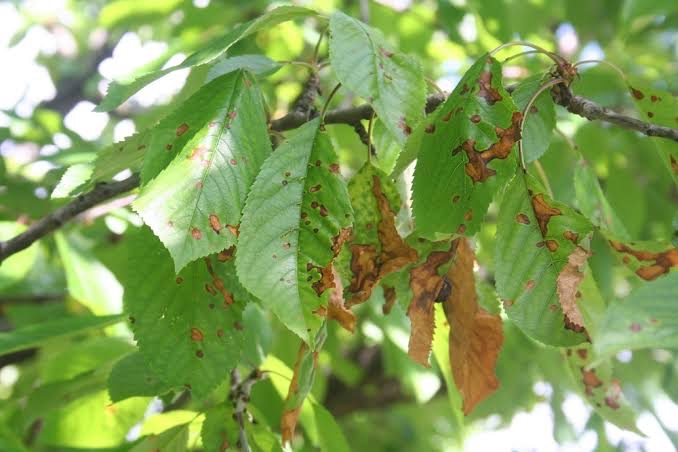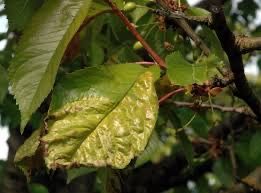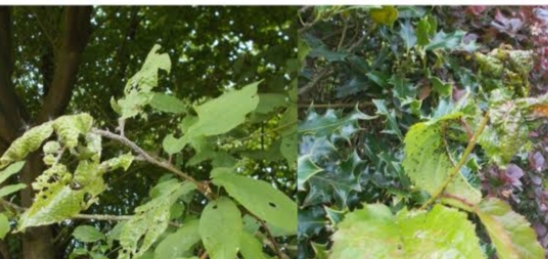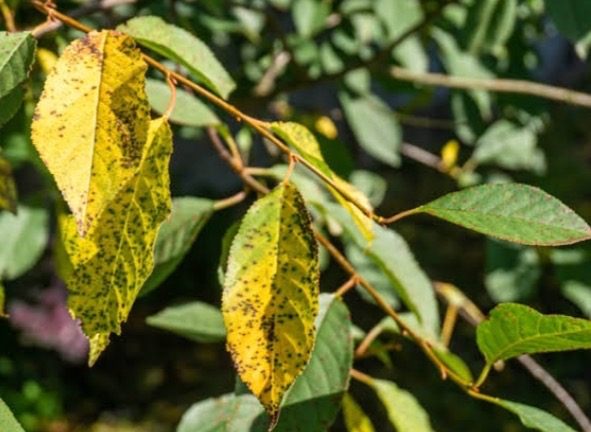European Bird Cherry
European bird cherry trees, 15-30 feet tall in Zones 4-7, exhibit fast growth in well-drained soil and full sun to partial shade. The fruits of European bird cherries are small and dark, though they are not typically consumed.
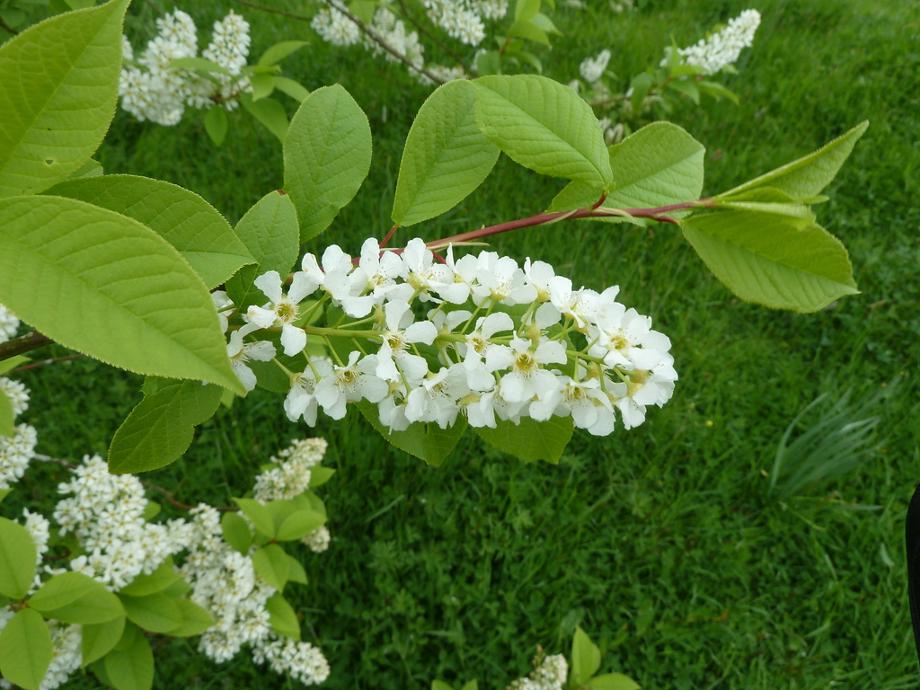
Habit
Tree
Height
6-10 m
Growth
Fast
Soil
Well-drained, loamy soil
Shade
Full Sun to partial shade
Moisture
Moderate
Edible
Yes
Medicinal
No
Origin
Europe
Climatic Condition
Temperate
Temperature (°)
10-20°C
Humidity (%)
60-80%
Potting media
Garden soil
Fertilizers
Organic compost
Watering
Regular watering; prefers moist soil
Plant Weight
2-5 kg
Flowering Time
Spring
Soil Ph level
6.0 - 7.5
Water Ph level
6.0 - 7.0
Soil EC
0.4 - 0.6
Yield Per Plant
Ornamental use
NPK ratio
15:10:10
life Span
Deciduous
Health Benefits
Attractive ornamental flowers; attracts pollinators
Suggested Grow Media or Potting Mix ?
50% loamy soil, 30% compost, 20% sand
Suggested Fertigation/Fertilizers
Fertilize every 4 weeks with a balanced fertilizer.
Common Diseases and Remedies
leaf blight , leaf wilt
leaves that turn yellow, drop off and wilt
mix of mild liquid soap and water, sprayed onto houseplants.
HEALTH BENEFITS
· Bark and fruits contain antioxidants and have mild sedative effects.
· Traditionally used for digestive issues and cough relief.
What Is An European Bird Cherry ?
The European Bird Cherry (Prunus padus) is a species of cherry native to Europe and western Asia. It's a small deciduous tree or large shrub that typically grows in damp woods, along rivers, and in other moist habitats. It produces small, fragrant white flowers in spring, followed by black berries that birds often feed on, hence the name "bird cherry."
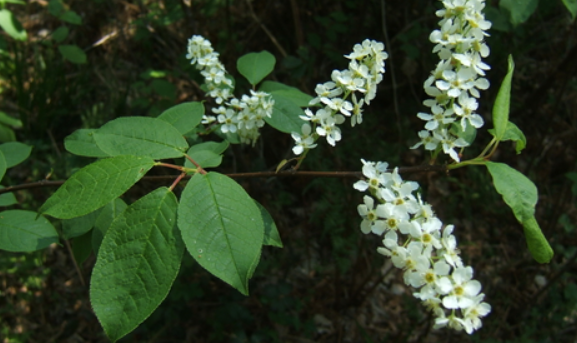
What are the different types of European Bird Cherry Plant?
1. Prunus padus 'Colorata':-
This cultivar is known for its pink flowers, adding a splash of color to the typical white blossoms of the species.
2. Prunus padus 'Watereri':-
This variety is prized for its compact growth habit, making it suitable for smaller gardens or urban landscapes.
3. Prunus padus 'Albertii':-
This cultivar is notable for its weeping growth habit, with gracefully arching branches that create an elegant silhouette. While these cultivars may have some distinct features, they are all variations of the same species, Prunus padus, and share similar characteristics and requirements in terms of care and cultivation.

How to care for European Bird Cherry plant?
1.Location:
European Bird Cherry (Prunus padus) thrives in a variety of locations, but it prefers moist, well-draining soil and full sun to partial shade.
2.Sunshine:
European Bird Cherry (Prunus padus) thrives in locations with ample sunlight.
3.Soil:
European Bird Cherry (Prunus padus) thrives in specific soil conditions that promote healthy growth and development. Moisture-Retentive: While European Bird Cherry prefers well-draining soil, it also benefits from soil that retains some moisture, especially during dry periods. A soil mix that retains moisture without becoming waterlogged is ideal for promoting healthy root development and overall growth.
4.Hydration:
Hydration is crucial for the health and vitality of European Bird Cherry (Prunus padus) plants. Consistent Moisture: European Bird Cherry plants prefer soil that is consistently moist but not waterlogged. Adequate moisture is essential, especially during the tree's establishment period and periods of active growth, such as spring and summer.
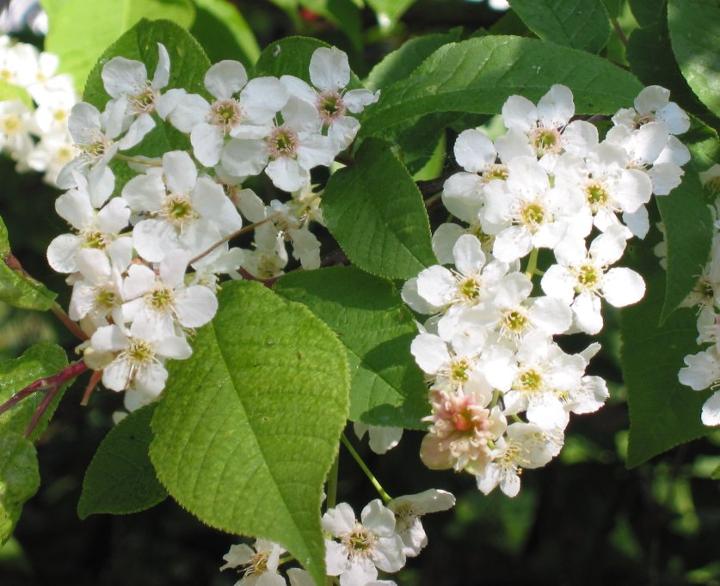
5.Nourishment:
Nourishing European Bird Cherry (Prunus padus) plants involves providing essential nutrients for healthy growth and development. Apply a balanced fertilizer formulated for trees in early spring before new growth begins. Choose a fertilizer with a ratio such as 10-10-10 or 20-20-20 to provide a good balance of nitrogen, phosphorus, and potassium, as well as micronutrients. Follow the manufacturer's instructions for dosage and application method. Incorporate organic matter such as compost or well-rotted manure into the soil around the base of the tree annually. Organic matter helps improve soil structure, retain moisture, and provide essential nutrients to the roots. Apply a layer of organic mulch, such as wood chips or bark, around the base of the tree. Mulch helps conserve soil moisture, suppress weed growth, and gradually release nutrients into the soil as it decomposes.
6.Issues:
European Bird Cherry can be susceptible to pests such as aphids, scale insects, caterpillars, and borers. These pests may feed on the leaves, flowers, or stems, causing damage and affecting the overall health of the tree. Various fungal diseases can affect European Bird Cherry, including powdery mildew, leaf spot, and cherry black knot. These diseases can cause leaf discoloration, defoliation, and cankers on branches, leading to weakened growth and reduced vigor.
What are the benefits of the European Bird Cherry plant?
The tree provides food and habitat for various wildlife species. Its berries attract birds, including thrushes, finches, and waxwings, which feed on the fruit. The dense foliage and branching structure offer nesting sites and shelter for birds and other small animals. European Bird Cherry adds ornamental beauty to landscapes with its fragrant white flowers in spring and clusters of small black berries in late summer. The tree's attractive foliage and graceful growth habit make it a popular choice for gardens, parks, and naturalized areas. The tree's early spring flowers provide nectar and pollen for bees, butterflies, and other pollinating insects. Supporting pollinators contributes to ecosystem health and biodiversity.
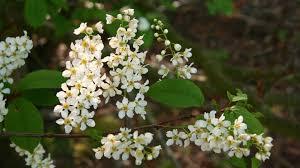
FAQS about growing European Bird Cherry plant
1.What are the key characteristics of European Bird Cherry plant?
The key characteristics of the European Bird Cherry (Prunus padus) plant include:
Deciduous Tree, European Bird Cherry is a deciduous tree, meaning it sheds its leaves annually in the fall. Size ,It typically grows as a small to medium-sized tree, reaching heights of 15 to 40 feet (4.5 to 12 meters) tall, although it can also grow as a large shrub. The leaves are simple, alternate, and ovate to elliptic in shape, with serrated margins. They are dark green in color and turn yellow in the fall before dropping. European Bird Cherry produces clusters of small, fragrant white flowers in spring (April to May in the Northern Hemisphere). The flowers are borne on long racemes and are a valuable nectar source for pollinators. After flowering, the tree produces small, spherical black berries that ripen in late summer (August to September). The berries are edible but are more commonly consumed by birds, giving the tree its name. The bark of the European Bird Cherry is smooth and grayish-brown when young, becoming rougher and darker with age.
2.What are the environmental preferences of the European Bird Cherry plant, such as sunlight, soil, and moisture requirements?
The European Bird Cherry (Prunus padus) plant has specific environmental preferences that contribute to its healthy growth and development. European Bird Cherry prefers full sun to partial shade. It thrives in locations that receive at least 6 hours of direct sunlight per day, although it can tolerate some shade. However, flowering and fruiting may be more abundant in full sun conditions.The plant prefers well-draining soil that is fertile, slightly acidic to neutral (pH 5.5-7.0), and rich in organic matter. Loamy or sandy soils with good drainage are ideal. European Bird Cherry can tolerate a range of soil types but performs best in moist, well-draining soils. European Bird Cherry prefers consistently moist soil, especially during the growing season. While it can tolerate occasional dry periods, prolonged drought stress may affect its health and vigor. Adequate soil moisture is particularly important during the tree's establishment period and periods of active growth, such as spring and summer.
3.Where is the European Bird Cherry plant native to?
The European Bird Cherry (Prunus padus) plant is native to Europe and parts of western Asia. It is commonly found across much of Europe, including countries such as the United Kingdom, France, Germany, Scandinavia, and Russia. In western Asia, its native range extends to countries like Turkey and the Caucasus region. Within its native range, European Bird Cherry typically grows in damp woodlands, along riverbanks, and in other moist habitats. It is valued for its ornamental beauty and ecological importance in its native ecosystems.
4.How does the European Bird Cherry plant contribute to biodiversity and ecosystem health?
1. Wildlife Habitat
2. Pollinator Support
5.What are the ornamental features of the European Bird Cherry plant, such as its flowers, fruit, and foliage?
Flowers: European Bird Cherry produces clusters of small, fragrant white flowers in spring, typically in April to May in the Northern Hemisphere. The flowers are borne on long racemes and create a beautiful display, attracting pollinators such as bees and butterflies. The white blossoms contrast strikingly against the tree's dark green foliage, adding to its aesthetic appeal. Fruit: After flowering, the tree produces small, spherical black berries that ripen in late summer, usually in August to September. These berries are not only attractive but also provide food for birds, contributing to the tree's ornamental and ecological value. The presence of the berries adds interest to the tree's appearance and enhances its seasonal beauty. Foliage: The foliage of European Bird Cherry consists of simple, alternate leaves that are ovate to elliptic in shape, with serrated margins. The leaves are dark green in color and turn yellow in the fall before dropping, creating a vibrant display of autumn color. The foliage provides a lush backdrop for the tree's flowers and fruit, adding texture and visual interest to the landscape.
